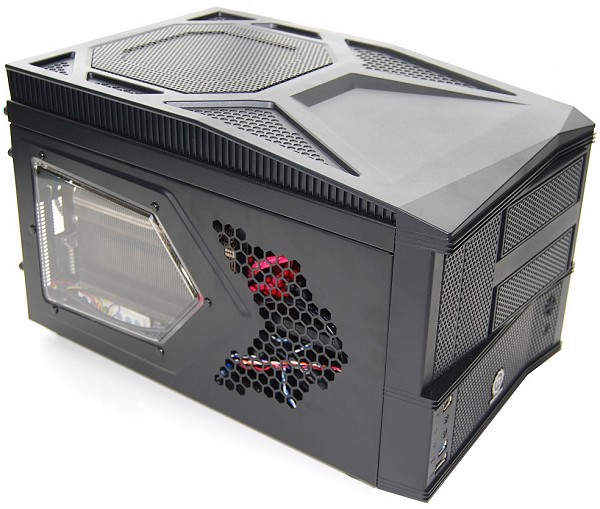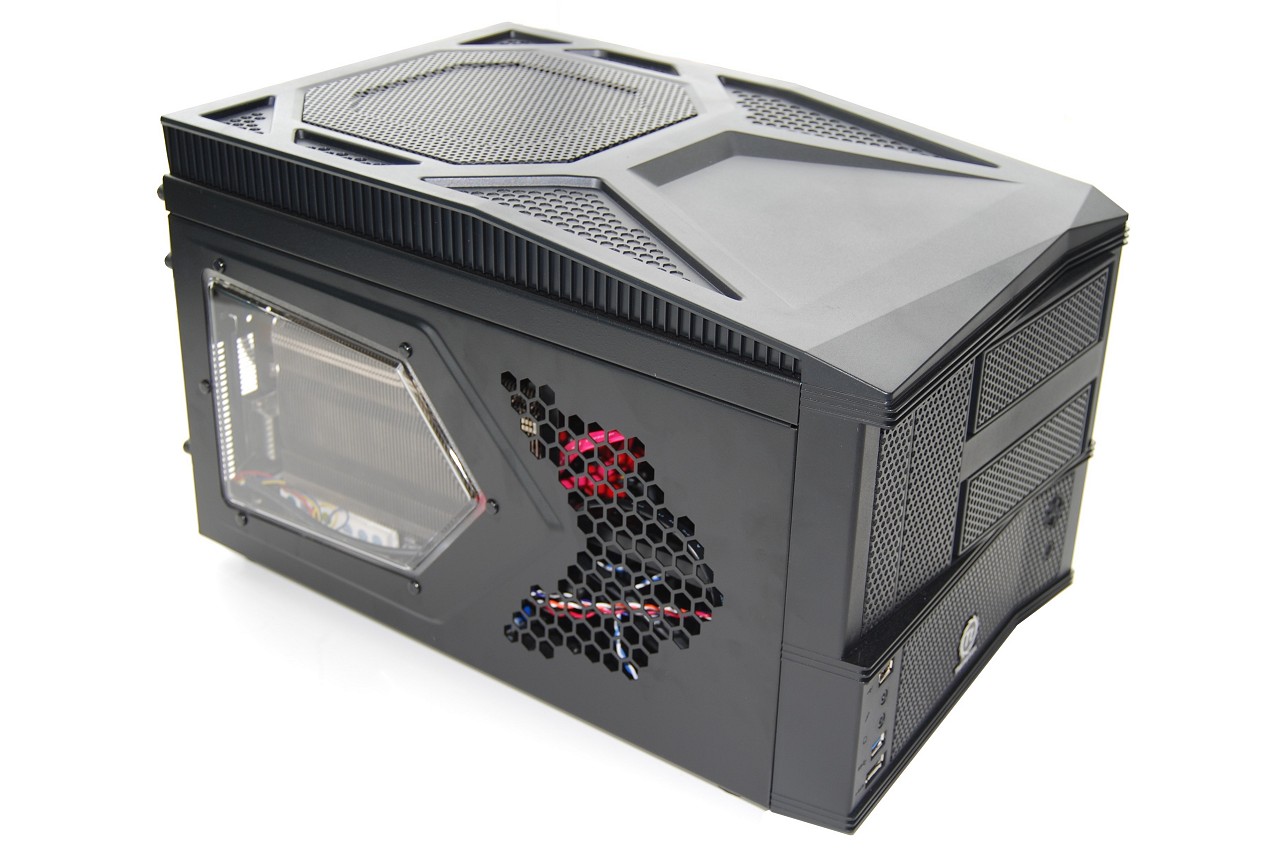Conclusion
The Thermaltake Armor A30 is a rather unique product in a positive way, a hard to achieve feat in today's computer case industry. Thermaltake has effectively shrunk a full size ATX case into a microATX case, while still supporting a vast majority of high-end hardware.
It's not uncommon to find mid-tower chassis that can't accommodate a GeForce GTX 580, let alone the Radeon HD 5970. However, thanks to the Armor A30's modular design and sliding motherboard tray, slotting in a massive graphics cards is not a problem. The ability to support even the longest graphics cards is certainly one of the greatest attributes of the Armor A30. It can also house standard ATX power supplies and top-end processors with coolers under 90mm tall.

On the less positive side, we think the Armor A30 is somewhat ugly compared to the competition, but opinions in that regard will of course vary. Aesthetics aside, we'd have appreciated some kind of built in handle, much like the Silverstone SG04's. After all, Thermaltake is aiming this case exclusively at LAN gamers and a handle is something users will undoubtedly find useful.
Our fully loaded Armor A30 weighed 26.9lbs, which is still a fair amount of weight to haul. We've always found full-size gaming computers awkward to move around and although the A30's compact design goes a long way to solve this, it's not perfect without a handle.
For the most part, we really enjoyed working with the Thermaltake Armor A30 and there's nothing we'd change about its internals, something to write home about considering past experiences with mini tower chassis.
At ~$120 the Thermaltake Armor A30 is more affordable than the Lian Li and Silverstone chassis we've been using for comparison. Given this case's superior internal design and cooling setup, it's hard to ignore as a serious competitor.
If you are a gamer and tend to move your PC a lot, the Armor A30's ability to squeeze enthusiast hardware into a compact footprint could be a godsend.
